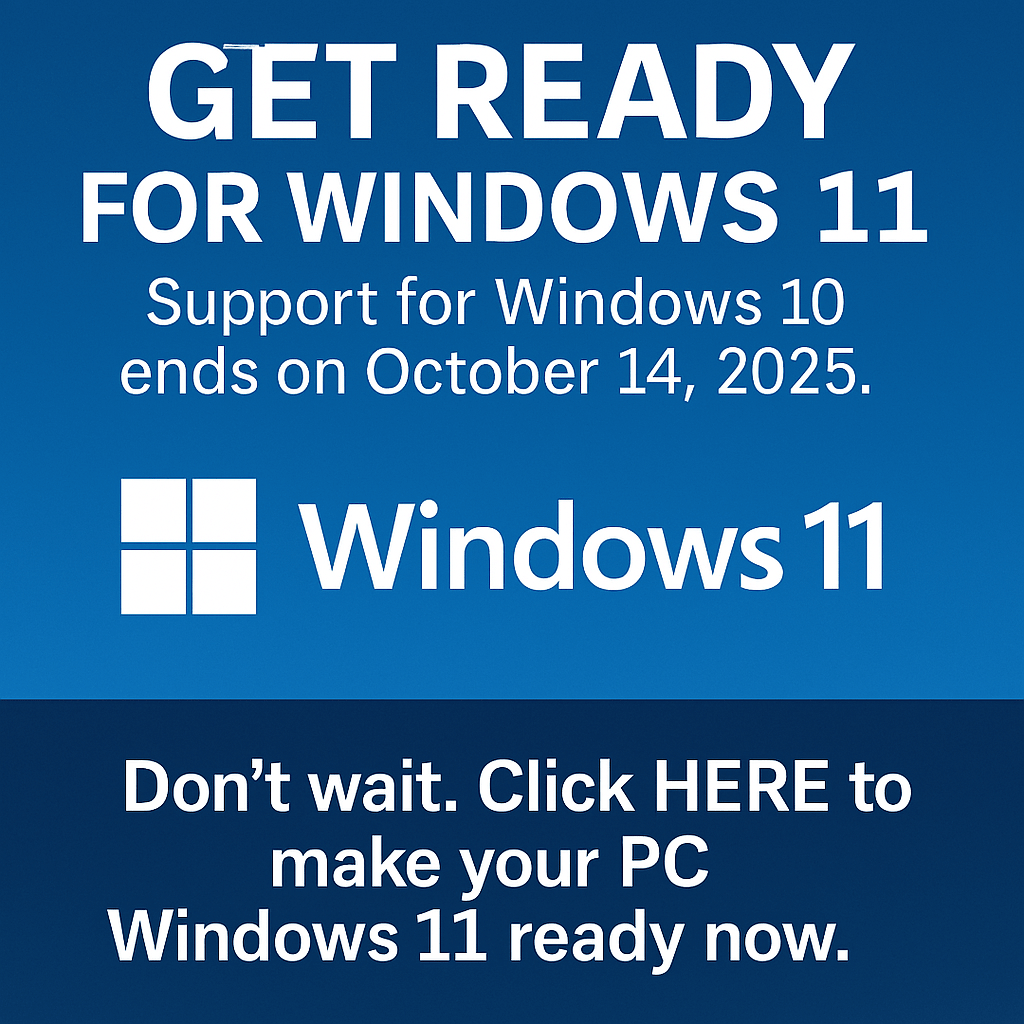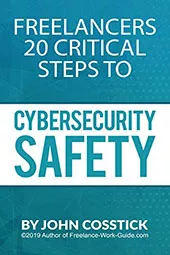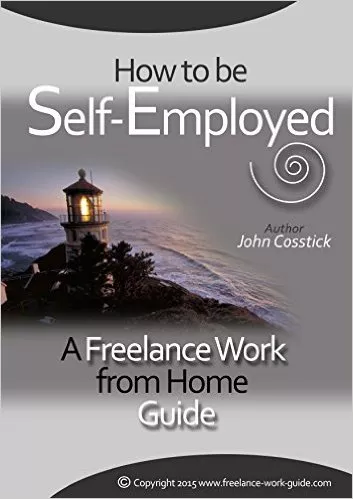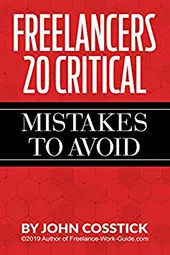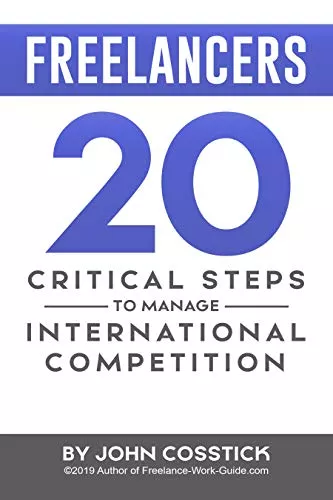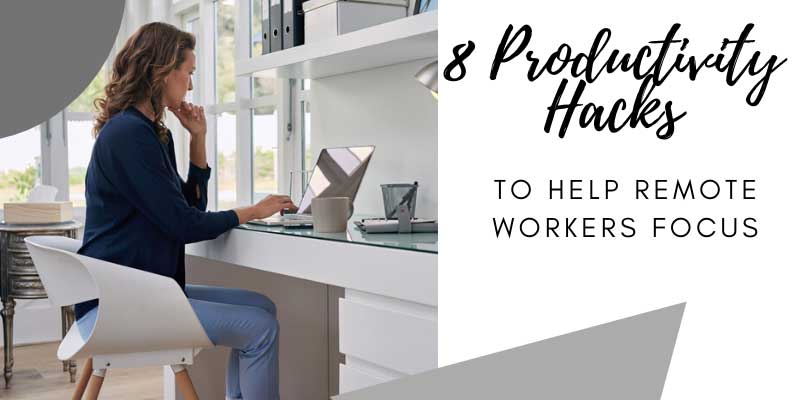
If there’s one silver lining hidden in the gloom of this COVID-19 outbreak, it’s probably the enthusiasm and appreciation that people are gaining for freelancing and other types of remote work.
This makes productivity hacks critical. Indeed, as more businesses ask their employees to work from home, it appears we may be on the brink of a great revolution in work culture.
Still, there are reservations about the production of high-quality work in less-supervised environments. As a remote worker, it’s difficult sometimes to remain focused and throughout your day, especially when it’s easy to slip into comfortable habits of your home.
And yet studies have shown that remote workers can be more productive than office workers! That’s right: there are ways to stay on top of the game while still enjoying your freedom, and we’ll be looking at eight such hacks to stay productive as a remote worker.
1. Have a daily routine
Yes, remote working is very flexible. But does that mean you can work only when you want to, and stop whenever you feel like it? As appealing as that kind of flexibility might sound, too much flexibility can be an issue: you’ll leave yourself vulnerable to procrastination.
Flexibility doesn’t mean disorder — it means you create your own order. No one will tell you to start your day by commuting in at 7 AM and back at 5 pm, so you can choose how things start and end! Find a routine that suits you, though make sure to include the essentials: taking a shower before or after work, having a coffee to focus, and eating healthy meals in between.
Treat your day like a workday, only instead of going across the city, you’ll simply cross your apartment to sit down your desk. This will help you maintain professionalism and avoid random, non-work-related tasks like household chores or chatting to your neighbour.
2. Create a workstation
If you’ve got a routine, you’re halfway there with facilitating the right atmosphere for productive remote working. The other half is all about the space. It’s very tempting to roll out of bed, stay in your pyjamas, and just pull your laptop onto your blanket. Sadly, that will almost certainly bring you too close to extended breaks and a hazy brain for comfort.
Instead, build a dedicated workspace. It can be a desk in your living room, or even on your dining table. Just make sure that you must get up, change into something that doesn’t remind you of sleep, and ideally sit upright in order to work.
Consider setting up a standin g desk that you can switch to every now and then — it both helps with your productivity by changing things up and it’s good for your posture.
Keep your workstation fresh and happy — little potted plants supposedly foster a productive atmosphere — but void of distractions such as books, food, and anything else that might keep you from working.
Your mind will eventually become accustomed to this setting and automatically associate it with actual work whenever you settle down there.
3. Turn off your phone
At an office, it’s hard to get away with casually browsing social media outside of break time. But at home, without the watchful gaze of others to hold you accountable, it’s all too easy to get carried away on Twitter or Instagram.
Also, every time your phone buzzes with notifications irrelevant to your work, it disrupts the flow of your thoughts and diverts your attention.
To avoid this issue, keep your phone away for as much of your work time as possible. Try to leave it out of your workstation altogether; if you need it for work, save only the applications you require — Slack, Trello, etc. — turn off notifications for all unnecessary sites.
The world is not going to disappear in the two hours that you don’t check your messages and social media! And if you really have trouble with Internet distractions on your phone or laptop, try out Freedom or StayFocusd (if you use Google Chrome) to block them during work hours.
4. Write a to-do list
Another super helpful way to stay focused while working remote is to have a to-do list. Yes, you’ve probably heard this tip before, but it’s worth repeating!
There are a few reasons why writing a to-do list is so helpful. First, writing things down makes them more tangible — you’ll be more likely to carry out the tasks, if only because there’s something so rewarding about crossing off tasks as you complete them.
Secondly, starting your day with writing a to-do list keeps you from wasting time deciding what to do between tasks. If you have a prioritized list ready, instead of drifting among pending tasks and attempting to determine what’s most important, you can get straight get to work! This also means that you can devote all your attention to a single task once you begin it.
Thirdly, and most importantly, writing a to-do list in the morning helps you get your bearings regarding your day. Remote working often entails choosing what you will take on during the day all by yourself, but also communicating with colleagues to note if you can take on any further responsibilities.
If you understand how busy your day is right from the get-go, you’ll be a better colleague to your co-workers and ultimately much more productive.
5. Break your tasks down
In combination with the previous tip, you may want to divide your goals into smaller tasks that you can finish within a day, possibly even in an hour or two. For the sake of efficiency, each gig should be broken down into smaller steps.
Most of us can only focus on “one task” for so long, so breaking larger tasks up into discrete parts helps trick your brain into think it’s checking off lots of little things, which are really all in service of one big thing.
That said, similar tasks can be grouped together into one item on your to-do list. For example, if you’re a freelance editor, it makes sense to look at the formatting of the whole book in one go rather than do it chapter by chapter.
This way, you can avoid switching between different editing “modes” and tools, which will keep your workflow from being disrupted.

6. Focus on one thing at a time
On a related note, it’s also important to focus on just one thing at a time, as much as you might be tempted to switch rapidly among different tasks. Contradictory though it might seem, zeroing in on one problem at a time can help you multitask better in the long run!
Multitasking is doing various things at the same time that leads to the attainment of the same goal, though it’s often mistaken for switch-tasking, which is switching among many things that do not lead to the same goal.
Basically, when you stop doing something for work in order to engage in an unrelated, non-urgent task like doing your laundry, you are essentially cutting your workflow and hindering your efficiency.
So if you grow demotivated when working on a certain project and want to switch things up a little, be sure to pick something that’s along the same line — this will help you complete that to-do list without getting unnecessarily distracted.
7. Take appropriate breaks
Studies have shown that having well-placed breaks between work hours produce better results than non-stop office hours. It’s potentially also why remote working has shown better results than office work in many cases — people are happier and more productive when they’re not always working.
But of course, there’s still the risk of taking breaks too often and too erratically. An extended lunch break can easily turn into an afternoon break. You might even fail to return to work until 6 pm, only to panic and then must stay online until 10!
To avoid this fate, take breaks without hanging out too much on social media (again, keep YouTube and Twitter blocked) or engaging with other distractions (even a book).
Also, instead of sitting at your desk during your break, energize yourself by standing up, taking a walk, or simply stretching and letting your eyes and brain relax. You’ll return to work in 15 or 20 minutes feeling rejuvenated, clear-headed, and possibly healthier — you probably sit at that table far too often!
8. Enjoy your time off

Jumping from breaks to time off, you may be wondering if we’re still talking about maintaining focus at work. We are —for remote workers who blur the lines way too much between their personal and their working lives.
Are you familiar with the advice that you shouldn’t bring work home? That applies even more to people who work at home: take your mind off work when your day has ended.
There might be a little problem that arises as your day comes to a close — perhaps some last-minute notes for an article you were working on as a freelance ghostwriter — which you may be tempted to pull up and resolve.
But don’t start something new just as your day as ending, just because you technically can. Rather, try to forget about work until the next day to avoid overthinking and stressing yourself out.
You’ll tackle any remaining issues tomorrow, with a fresh mind and strong cup of coffee. That is much more productive than draining yourself outside of work hours, when it’s much harder to focus.
There’s no denying that staying focused at your home office can be challenging. But if you manage your time well and build yourself a healthy work life that’s tailored to your specific needs, you may find yourself more productive than going to an office. Who says we can’t hustle from home, right?
Desiree Villena is a writer with Reedsy, a marketplace that connects self-publishing authors with the world’s best publishing and book marketing resources. In her spare time, Desiree enjoys reading contemporary fiction and writing short stories. She works remotely and tries her best to take her own advice!

